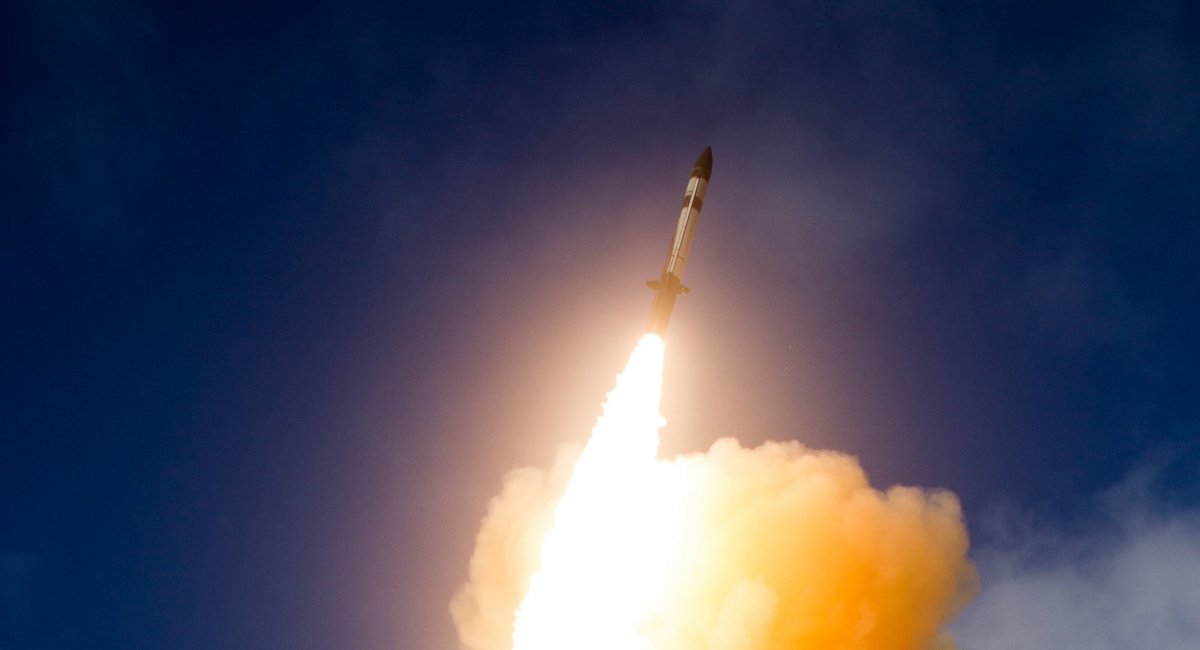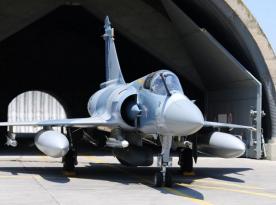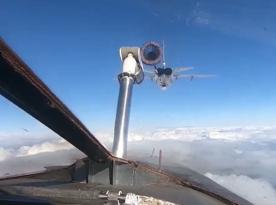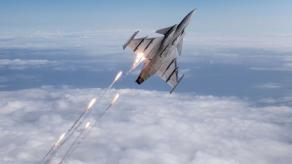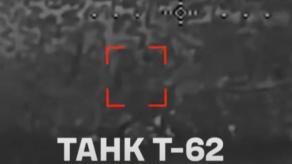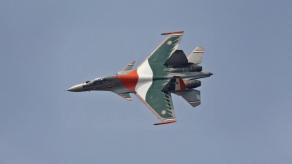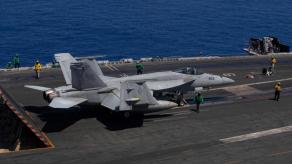While the United States boasts one of the world's most advanced missile defense systems, including the Patriot, THAAD, SM-6, SM-3, GMD, and plans for the Next Generation Interceptor, its underlying concept is increasingly outdated.
Modern warfare is showing that using expensive weapons against cheap and mass-produced drones and cruise missiles is a dead end. The examples are plenty: iran's attack on Israel on April 14th, systematic russian airstrikes on Ukraine, the Houthis terrorizing the Red Sea. The existing anti-missile defense of the U.S. struggles to deal with threats completely mismatched in terms of launch vs. interception costs, especially if it comes to a war of attrition.
Read more: A Number of russian Territories Attacked by Ukrainian Drones Grows
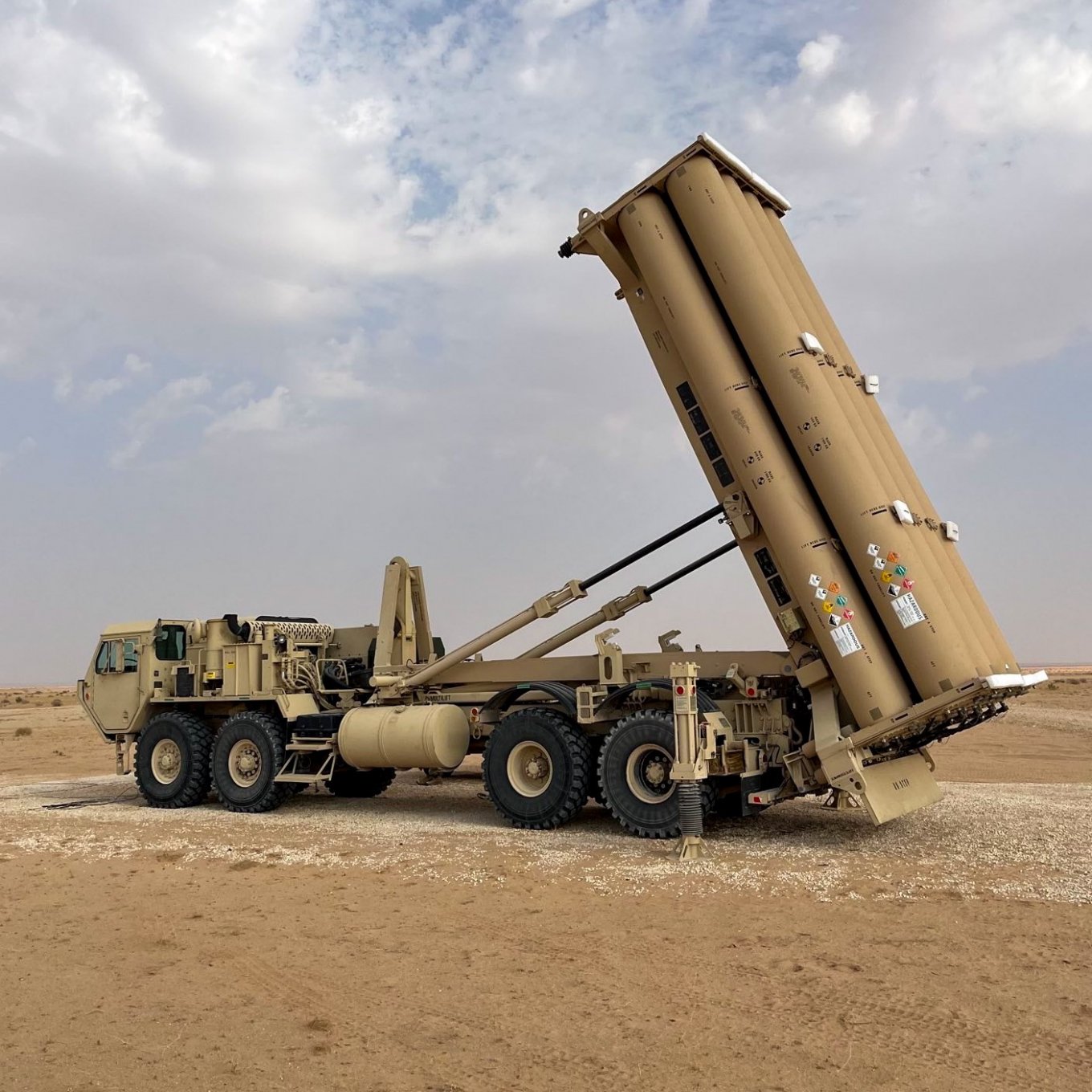
The problem got a detailed analysis from Breaking Defense, with quotations by Pentagon under secretary for research, development, and engineering Heidi Shyu, Assistant secretary of defense John Plumb, and Director of the Missile Defense Agency Heath Collins. Defense Express provides the main points concerning the implementation of Ukraine's experience in the U.S. military.
The key aspect is the adversaries, exemplified by russia and iran, can deploy cheap weapons in vast quantities for simultaneous, large-scale saturation attacks. Moreover, even proxy forces like Yemen's Houthis now can afford making simple attack drones.
Incidentally, countering their assaults on Red Sea shipping has already made the U.S. Navy turn to Congress for over $1 billion to replenish depleted missile stocks.

Furthermore, the nature of threats has evolved. Drones now pose significant risks, alongside cruise missiles, which are increasingly prevalent compared to ballistic missiles. On top of that, air-launched ballistic, high-speed, hypersonic missiles, and even "classic" ballistic missiles with newly acquired ability to maneuver are all becoming more difficult to intercept.
Yet, the US missile defense system's architecture remains rooted in Cold War-era principles, prioritizing the interception of threats at maximum range, primarily focusing on ballistic missiles. This way, the costliest defense assets are deployed first, with cheaper alternatives engaged only in the final stages.
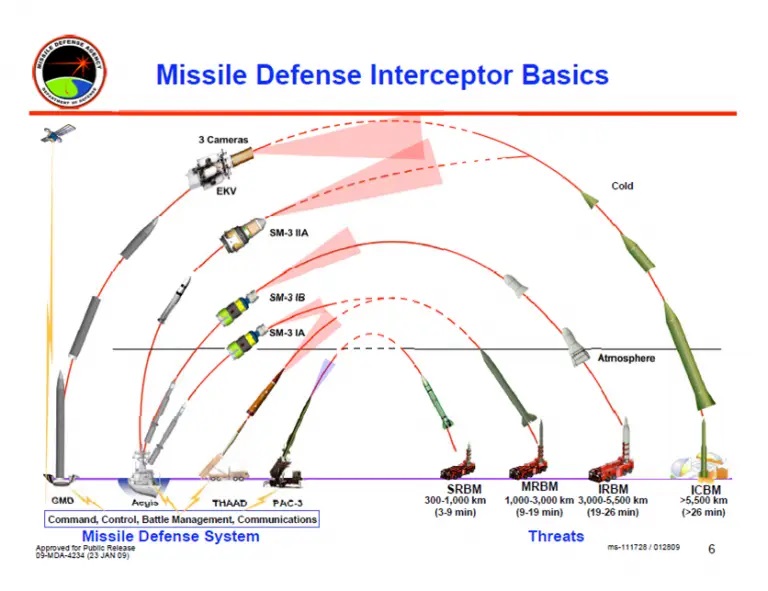
This approach may be effective against ballistic weapons, especially those armed with nuclear warheads, reflecting its origins in the 1980s Strategic Defense Initiative program. However, its efficacy diminishes when confronting modern drones worth a fraction of the cost of traditional targets, or militants wielding readily accessible ballistic missiles.
The same is true for situations where drones and cruise missiles are used in large numbers all at once. Expensive anti-aircraft missiles are spent first, while taking down the remnants is up to a Phalanx CIWS which is much cheaper to fire yet showing the same effectiv-eness against these targets.
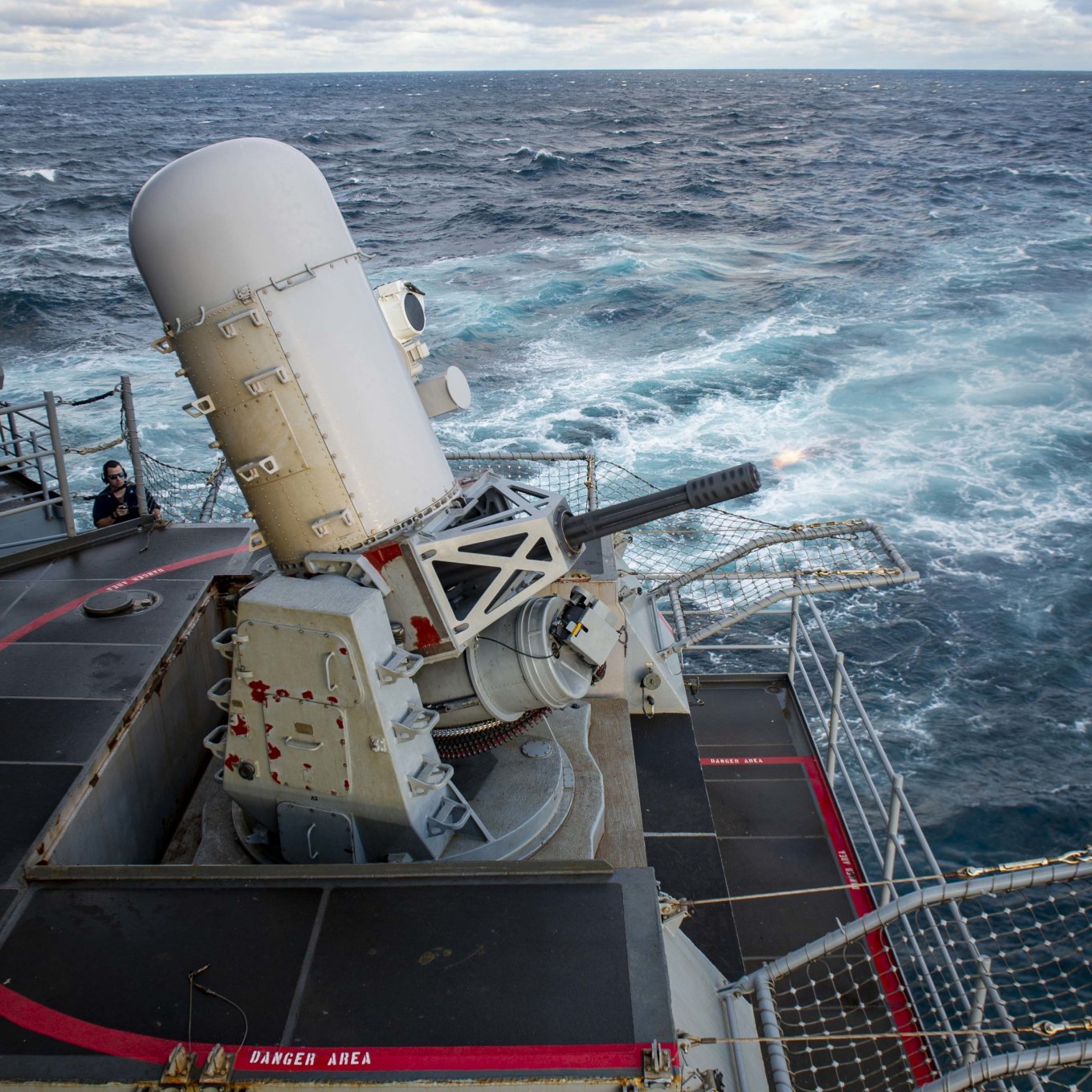
In contrast, Ukraine's defense strategy offers an alternative that U.S. officials find compelling. By employing mobile fire groups as the first line of defense, followed by the deployment of costly interceptors like the Patriot as a last resort, Ukraine achieves a more cost-effective interception model.
The representatives of the U.S. military recognize the need to adapt, advocating for a similar strategy incorporating cost-effective interception methods and enhanced ground-based capabilities for eliminating drones and missiles.
Read more: Ukrainian Military Destroys a Rare russian T-90S tank Equipped With BBQ Grill




